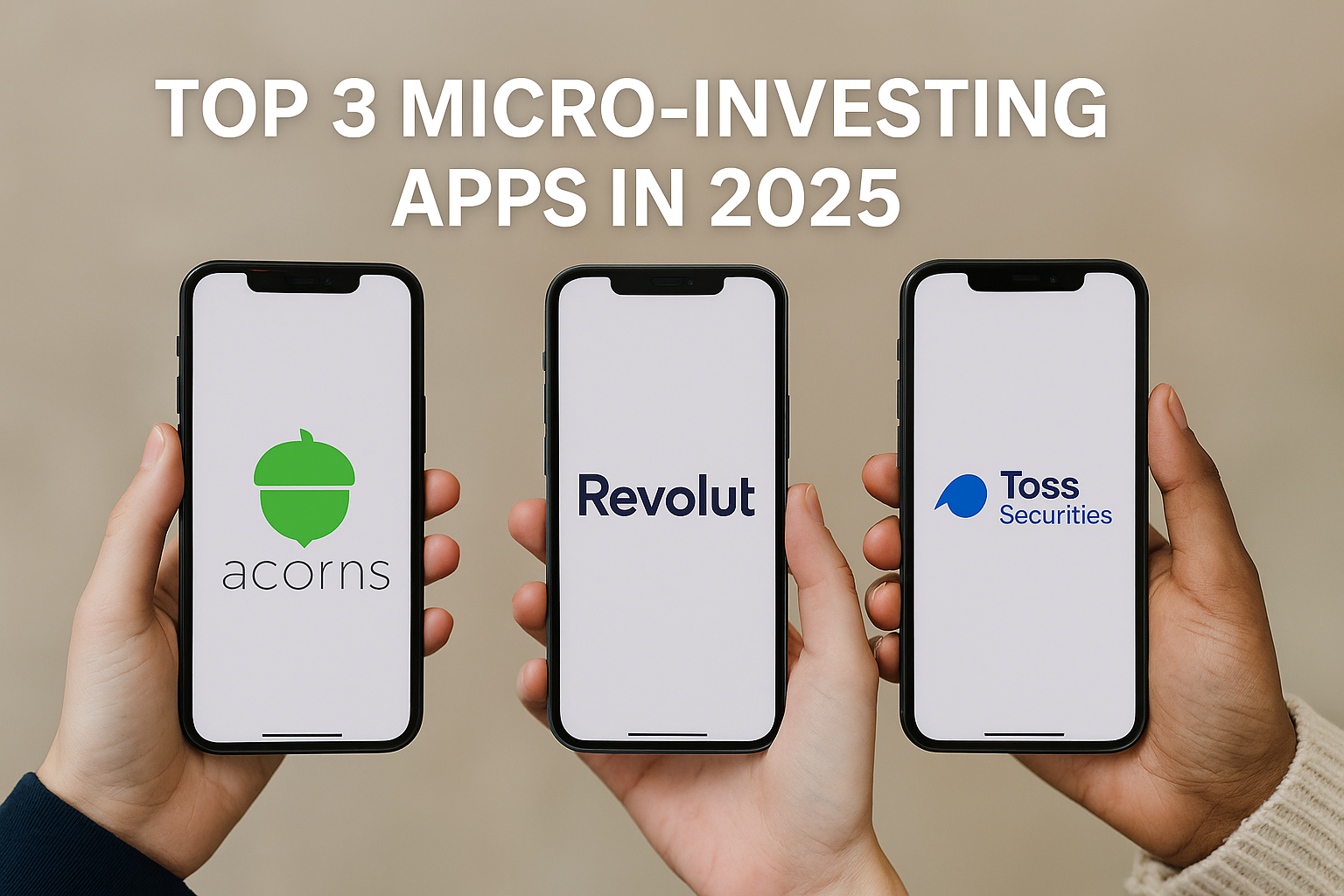The Rise of Micro-Investing: How Anyone Can Start with Just $1
Not long ago, investing was only for the wealthy or professionals. You needed a large amount of money, a financial advisor, and often a deep understanding of the stock market. But today, the world has changed. With just one dollar and a smartphone, anyone—literally anyone—can begin their investment journey. This is the new era of micro-investing.
What Is Micro-Investing?
Micro-investing is the act of investing small amounts of money—sometimes even spare change—into assets such as stocks, ETFs, or mutual funds using digital platforms, especially mobile apps. Instead of waiting until you have thousands of dollars saved, you can start with what you have today.
This concept has grown quickly in the last decade. It’s especially popular among young people, students, and first-time investors who are eager to grow their money but are overwhelmed by traditional investment systems.
Why Is It So Popular Globally?
- No Wealth Required: You don’t need $5,000 or even $100 to begin. Many apps let you invest with as little as $1.
- Easy to Use: Micro-investing platforms are designed for beginners. The apps are simple, visual, and offer step-by-step instructions.
- Automated Tools: Most platforms offer automatic investments, round-ups (investing your spare change), and portfolio balancing.
- Low Risk Entry: Because you invest small amounts, the risk feels manageable. This encourages consistent investing habits.
- Education Included: Many apps offer free education and financial literacy tools. You can learn as you invest.
The Most Popular Micro-Investing Apps by Region
United States
- Acorns: Connects to your debit card and rounds up each purchase to invest the spare change. Simple, automatic, and beginner-friendly.
- Stash: Allows you to start investing with $5 and offers access to individual stocks, ETFs, and even banking features.
Europe & UK
- Revolut: A popular fintech app that includes stock trading. Known for low fees and beginner tutorials.
- Trading212: Commission-free investing with fractional shares. Ideal for beginners.
Asia
- Toss Securities (Korea): Offers access to US stocks starting from 1,000 KRW. Extremely user-friendly and rapidly growing.
- Groww (India): Provides an easy way for Indians to invest in mutual funds and stocks with a mobile-first approach.
Australia
- Raiz: Similar to Acorns. Offers round-up investing, automatic rebalancing, and savings goal features.
Real-World Example: Investing $1 Per Day
Let’s imagine you begin investing just $1 every single day, without skipping.
- In 1 year, you invest $365.
- Assuming a modest 7% annual return, you’d have about $390–400.
- In 5 years, that $1-a-day habit becomes about $2,300–$2,600.
- In 10 years: more than $5,200–$6,000, depending on market performance.
Now, imagine if you increased it to $2 or $5 a day. That small habit can become thousands of dollars over time—thanks to compound interest.
How to Start in 5 Minutes
- Download a reputable app (based on your country).
- Link your payment method—usually a debit card or bank account.
- Choose your investment plan—daily, weekly, or round-up.
- Set risk level (conservative, balanced, or aggressive).
- Let it run automatically—check in monthly or quarterly.
No need for charts, analysis, or day trading. You’re building wealth passively through smart habits.
Common Fears (And Why You Should Ignore Them)
- “What if I lose all my money?”
With diversified portfolios and low-risk options, most apps spread your money across many assets. This reduces risk significantly.
- “I don’t understand finance.”
That’s fine. Micro-investing apps are built for beginners. You’ll learn by doing.
- “What’s the point of just $1?”
Starting is the most important part. The habit is more valuable than the amount. Once you build the habit, increasing the amount becomes easier.
Many students now use micro-investing to build long-term savings while in school.
Some set rules like “invest $1 for every coffee I skip” or “invest 10% of my allowance.”
By the time they graduate, they may have several hundred or even thousands of dollars invested—without ever feeling like they “lost” the money.
Final Thoughts
Micro-investing is not a get-rich-quick scheme. It’s a get-rich-slowly-and-safely approach.
You’re not trying to beat the market or become a day trader. You’re trying to build healthy money habits and slowly grow your savings over time.
If you’ve ever thought investing is only for rich people, this article should prove that idea wrong.
All you need is $1. And a little bit of patience.
Start today.
Start small.
Stay consistent.
And watch your future grow.

